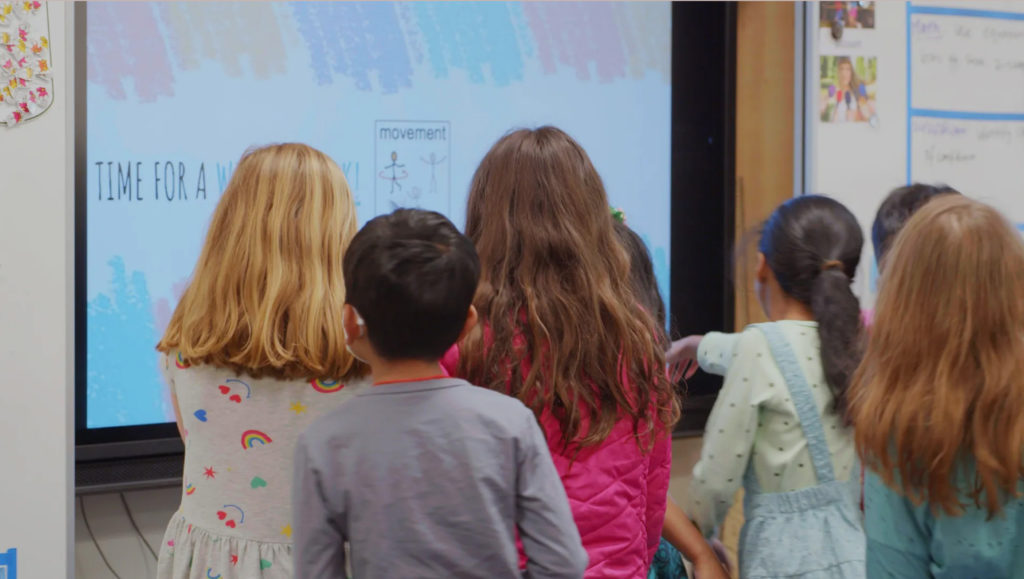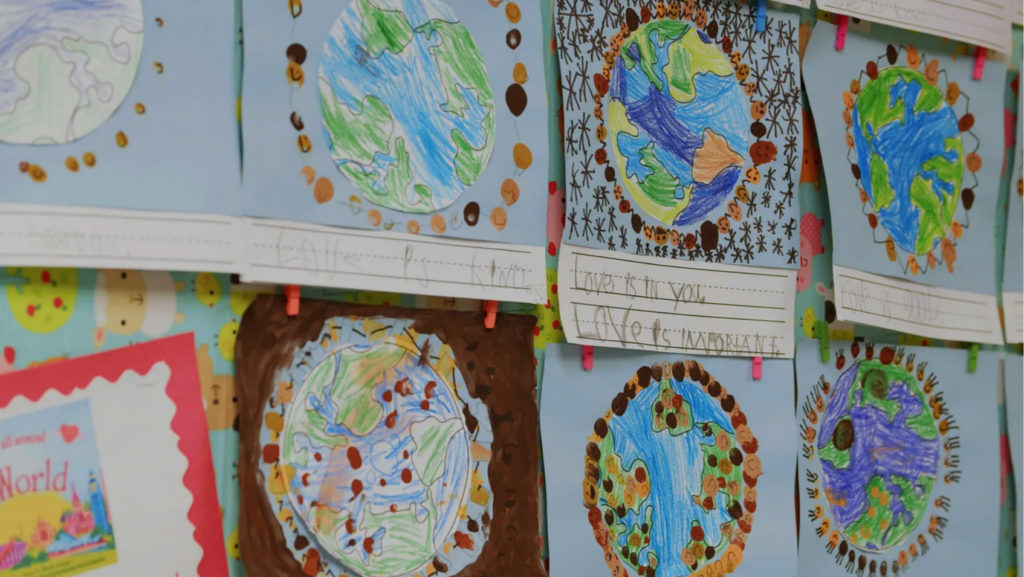Last month, education leaders from Utah, California, and Maryland visited three Washington schools to learn strategies for inclusive education to take back to their states.
OSPI

“You are a leader. You are a learner. You belong here.” That is the vision and the commitment guiding all practices and decision-making at Ruby Bridges Elementary School in the Northshore School District.
Evidence of belonging can be found in every area of the school. Educators start their day in the common area to greet their students by name. Communication boards are utilized in every classroom and on the playground. Students with disabilities learn, play, and eat lunch alongside their peers. Educators purposefully plan and prepare to support diverse learner needs. Students receive additional learning supports within their classrooms instead of being pulled out to a separate location.
When schools are inclusive, all students — regardless of their designation to receive special education services — are provided with targeted services, supports, and accommodations; allowing them to learn in the general education classroom, interact with peers, and engage in the core curriculum.
Over the past four years, Washington has made purposeful strides to increase the amount of time students with disabilities spend in general education settings with their peers. Today, several schools across the state are viewed as models of inclusion.
Last month, officials from the Utah State Board of Education, Supporting Inclusive Practices (California), and Maryland Coalition for Inclusive Education visited Ruby Bridges, Sehome High School in Bellingham Public Schools, and McMicken Heights Elementary School in Highline Public Schools, hosted by the University of Washington Haring Center for Inclusive Education as part of the statewide Inclusionary Practices Professional Development Project (IPP).
Ruby Bridges, Sehome, and McMicken Heights are 3 of 16 Inclusionary Practices model demonstration sites located throughout all nine regional educational service districts across Washington.
This month, officials from the Kansas Department of Education will tour three other demonstration schools in the central Washington area.
The Legislature established the IPP in 2019 to support more inclusive schools. The project funds professional development and job-embedded coaching for classroom teachers and school leaders in support of inclusive education, as well as grants to schools and school districts to implement inclusionary practices.
These investments are making a difference. Since the project began, the number of students with disabilities accessing general education for 80–100% of the school day has increased by 6% statewide and by 15% in IPP districts. More than 15,000 K–12 students with disabilities have moved into the highest level of inclusion and are accessing general education for 80% or more of the school day.
In the 2023 Legislative Session, the Office of Superintendent of Public Instruction has asked the Legislature to make an annual investment in the IPP to expand the project statewide and ensure all Washington students have access to inclusive schools.
For More Information
- Inclusionary Practices Project Webpage
- OSPI 2023 Budget Request: Fully Funding Special Education Services

